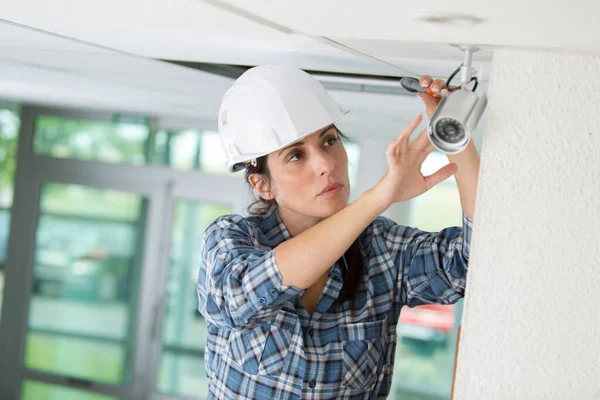Installing security cameras on job sites is one of the most effective ways to enhance site safety, monitor progress, and deter theft. However, improper installation or planning can undermine the effectiveness of these systems, leaving your site vulnerable. To ensure you get the most out of your security camera investment, it’s important to avoid some common pitfalls. In this blog, we’ll highlight the top mistakes to avoid when installing security cameras on job sites and how you can optimize your setup for maximum protection.
1. Choosing the Wrong Camera Type:
One of the most critical mistakes in security camera installation is selecting the wrong type of camera for the job. Different job sites have different needs, and not all cameras are suitable for every environment. For example, a camera that works well indoors may not withstand harsh outdoor conditions. Make sure to choose cameras that are weatherproof and designed for your specific location, such as ruggedized cameras for construction sites that can handle dust, rain, and extreme temperatures.
2. Ignoring Camera Placement:
Even the best cameras won’t be effective if they aren’t placed correctly. One of the biggest errors is installing cameras too high or too low, limiting their ability to capture essential details. Cameras should be positioned at strategic vantage points, covering entrances, exits, and key areas such as equipment storage zones. Avoid placing cameras where they can be easily tampered with or blocked. Optimal placement ensures you get the best possible footage for monitoring your job site.
3. Not Considering Lighting Conditions:
Poor lighting can significantly impact the quality of footage captured by your security cameras. Job sites often have variable lighting conditions, especially at night or during bad weather. Without proper lighting, cameras may produce grainy or unclear footage, making it difficult to identify suspicious activity. To avoid this, choose cameras with infrared (IR) capabilities or install additional lighting to ensure the area is well-lit, particularly after dark.
4. Neglecting to Cover Blind Spots:
Another common mistake is failing to cover all critical areas, leaving blind spots that thieves or vandals can exploit. Be sure to conduct a thorough site assessment to determine which areas need coverage, including high-traffic zones, storage areas, and isolated locations. Using multiple cameras and wide-angle lenses can help cover a broader area and eliminate any potential blind spots on your job site.
5. Failing to Secure Cables and Equipment:
Security cameras and their wiring are vulnerable to tampering if not properly secured. Exposed cables can be easily cut, rendering your system useless. To avoid this mistake, make sure all cabling is well-protected and routed through conduits to prevent damage or sabotage. Additionally, consider using wireless cameras for areas where wiring is impractical or hard to secure.
6. Overlooking Maintenance and System Updates:
Installing security cameras is not a one-time task. Overlooking regular maintenance can lead to malfunctioning equipment, poor video quality, or outages. Dust, debris, and weather elements can affect the performance of your cameras over time. Be sure to regularly clean and inspect the cameras and update the system’s software to ensure optimal functionality.
7. Not Integrating with a Remote Monitoring Service:
One of the biggest benefits of security cameras is the ability to monitor the job site remotely. However, many businesses fail to integrate their cameras with a remote monitoring service, limiting their ability to respond quickly to incidents. By pairing your cameras with remote monitoring services, you can receive real-time alerts and take immediate action if suspicious activity occurs.
8. Inadequate Power Backup Planning:
A security camera system is only as reliable as its power source. One of the most overlooked aspects of security camera installation on job sites is the lack of backup power. If a power outage occurs, your cameras could be rendered useless. Ensure your system has a reliable backup power source, such as battery backup or solar-powered cameras, to maintain continuous operation.
Conclusion:
Installing security cameras on job sites is an essential security measure, but it must be done correctly to be effective. Avoiding these common mistakes—like improper placement, ignoring lighting conditions, or neglecting maintenance—will ensure your security system provides the protection your job site needs. By choosing the right cameras, securing equipment, and integrating remote monitoring, you can minimize risks and keep your site safe 24/7.
For businesses looking to take their job site security to the next level, consider investing in professional installation and monitoring services. A properly designed and installed security camera system is a critical step toward safeguarding your assets, ensuring worker safety, and maintaining peace of mind.


